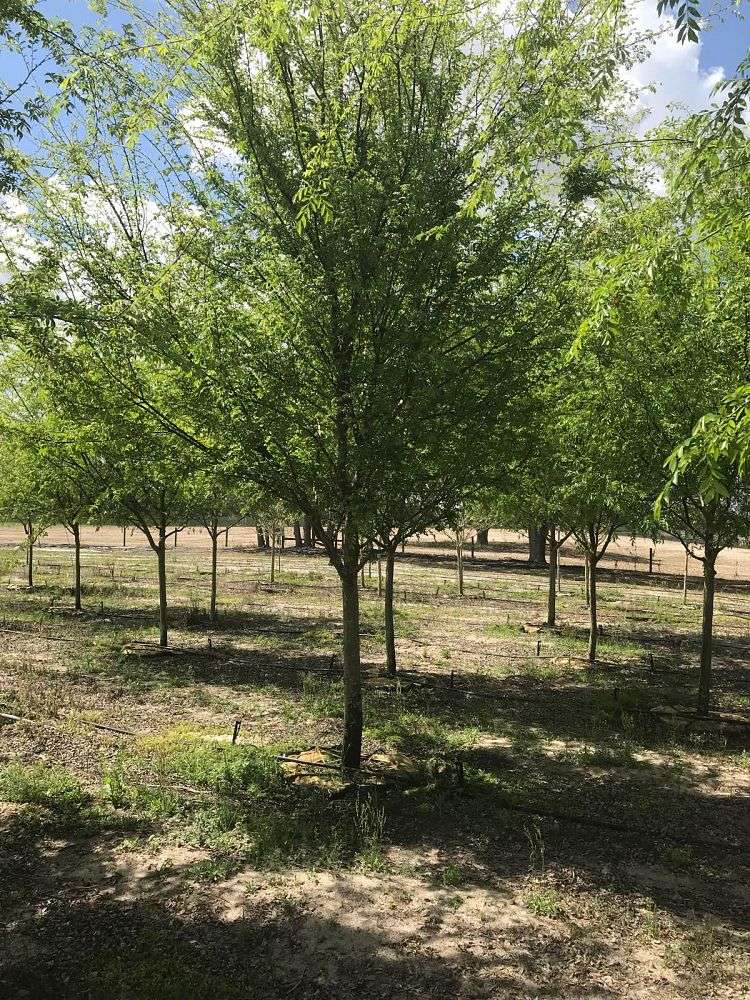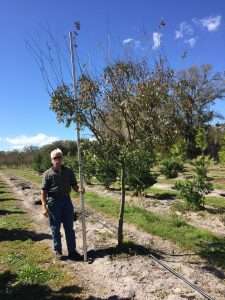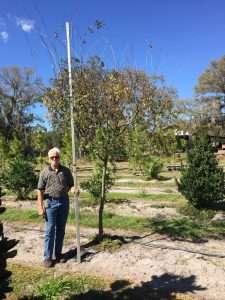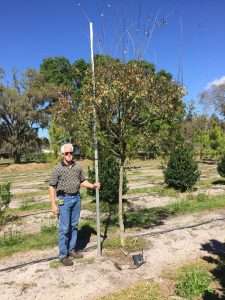DRAKE ELM
Chinese elm(Drake Elm) has the most beautiful bark – green, gray, orange and brown mottled and flaking in small thin plates. This is a handsome tree, often with a trunk that forks and produces a vase shape similar to American elm (U. americana).
Central Florida’s Premiere Tree Installer, The Tree Planters located in Lakeland, is your #1 source for large, rare, and exotic palms and trees. At The Tree Planters, we have installed and transplanted thousands of large trees of every variety all over Florida for over 50 years. Every tree we sell, we plant. Every tree we plant, we guarantee for One Full Year.
We offer Free Delivery Within a 50-mile radius of Lakeland, Florida (All other delivery fees will be quoted at time of purchase), and a One-Year Guarantee on every tree planted by The Tree Planters.
Chinese elm usually gets no more than 40-50 ft (12.2-15.2 m) tall. The leaves are typical elm leaves – about 2 in (5.1 cm) long, elliptic, toothed, conspicuously veined and with unequal bases. Chinese elm is tardily deciduous, almost evergreen in mild climates. Most elms produce their little winged “samaras” in the spring; this one fruits in the fall. The samaras are flat and papery, about 1/3 in (0.8 cm) across and rather showy hanging in dense clusters. This is a highly variable species and there are many cultivars in the trade, selected for form, size, bark color, cold hardiness and foliage characteristics.
Note from Joel
Chinese Elm(Drake Elm is a tough little tree, tolerant of urban air and soils and resistant to Dutch elm disease. Fast growing and adaptable, this is a good choice when you want a shade tree for a small landscape.
Ulmus parvifolia
Common Names: Chinese elm, lacebark elm, Drake elm Family: Ulmaceae (elm Family)
Culture
Chinese elm is a fast growing tree that is adaptable to most soil types. Light: Full sun to partial shade. Moisture: Regular garden watering. Chinese elm is not as tolerant of drought as Siberian elm. Hardiness: USDA Zones 5 – 9
Warning
Chinese elm trees are prodigious re-seeders. In some regions this species is invasive and is disrupting native plant populations. Before you plant this tree, check locally to determine if it is causing problems in your area.



